🖥️ Introduction
As we march deeper into the digital era, cybersecurity has become a non-negotiable aspect of daily life. From financial transactions to remote work, smart homes to digital healthcare—almost everything is online, and so are the risks. In 2025, the threat landscape is more advanced, automated, and AI-driven than ever before.
This article breaks down:
- The biggest cybersecurity threats we face in 2025
- Who is at risk (hint: everyone!)
- How to stay safe in a constantly evolving cyber world
⚠️ Why Cybersecurity Matters More Than Ever
India alone witnessed over 9 lakh cybercrime cases in 2024, a sharp rise compared to previous years. As businesses, banks, schools, and even governments become digital-first, hackers are finding more ways to exploit vulnerabilities.
Whether you’re a student, business owner, or everyday smartphone user, you need to be aware of what’s out there and how to protect yourself.
🚨 Top Cybersecurity Threats
1. 🧠 AI-Powered Phishing Attacks
Hackers now use AI-generated emails and voice messages that are eerily convincing. These phishing scams:
- Mimic real people’s writing style
- Clone websites perfectly
- Bypass spam filters
You may receive a WhatsApp message from a “colleague” or “boss” asking for urgent money transfers—created by AI within seconds.
💡 Pro Tip: Never trust urgent requests without double-checking through another channel.
2. 📱 Mobile Malware
With UPI, banking apps, and digital wallets booming in India, cybercriminals target mobile users more than ever.
Common tactics:
- Fake apps on the Play Store
- Malicious links in SMS or WhatsApp
- Keyboard tracking apps
Android devices are especially vulnerable when “jailbroken” or using third-party apps.
3. 🧬 Deepfakes & Identity Theft
Deepfake technology uses AI to create fake videos, audio, or photos—and it’s being misused for:
- Scams
- Political misinformation
- Reputation damage
People have even been tricked into transferring money after receiving a deepfaked video call from a trusted relative.
4. 🛠️ Ransomware as a Service (RaaS)
In 2025, you don’t even need to be a hacker to launch ransomware. With Ransomware-as-a-Service, anyone can subscribe to tools on the dark web that:
- Encrypt a victim’s files
- Demand cryptocurrency payment
- Leak data if payment is not made
Indian companies and startups are top targets due to lower cybersecurity budgets.
5. 🕵️♂️ Data Brokers & Privacy Breaches
Many apps track your location, habits, and contacts—then sell this data to third parties. With weak regulations in India, personal data is easily misused.
Recent reports revealed major shopping and travel apps leaking sensitive user data, which can be used for scams or targeted phishing.
6. 🌐 IoT Vulnerabilities
As smart homes become popular in India, so do the risks.
Devices like:
- Smart bulbs
- Security cameras
- Smart TVs
are connected to your Wi-Fi but often lack proper encryption, making them a backdoor entry for hackers.
7. 🧑💼 Insider Threats
Not all threats come from the outside. In companies, employees with access to data can leak or steal information either intentionally or by accident.
Hybrid workplaces, where employees access company servers from personal devices, also increase this risk.
🛡️ Who Is at Risk?
The short answer: Everyone.
But some groups are particularly vulnerable:
| Group | Why They’re at Risk |
|---|---|
| Students | Weak passwords, public Wi-Fi usage |
| Small Businesses | Poor IT infrastructure |
| Remote Workers | Unsafe home networks |
| Senior Citizens | Easy targets for scams |
| Startups | Cost-cutting on security protocols |
✅ How to Stay Safe Online in 2025
1. 🔐 Use Strong, Unique Passwords
- Avoid birthdays, names, or “123456”
- Use password managers like LastPass or Bitwarden
- Change passwords every few months
2. 🧾 Enable 2-Factor Authentication (2FA)
Add a second layer of security on:
- Banking apps
- Social media accounts
2FA apps: Google Authenticator, Microsoft Authenticator
3. 📶 Secure Your Home Wi-Fi
- Change default router passwords
- Use WPA3 encryption
- Hide your SSID (network name)
4. 🚫 Avoid Public Wi-Fi or Use VPNs
Public Wi-Fi in cafes or airports is often unencrypted.
Use VPNs like NordVPN, ExpressVPN, or ProtonVPN to create a secure tunnel between you and the internet.
5. 🛠️ Regular Software Updates
Update:
- Operating systems (Windows, macOS, Android)
- Antivirus software
- Apps and browsers
Outdated software = open invitation for hackers.
6. 📵 Don’t Click on Suspicious Links
- Hover to preview URLs
- Avoid clicking links from unknown numbers on WhatsApp
- Don’t open email attachments from strangers
7. 🔍 Check App Permissions
Limit access to:
- Location
- Contacts
- Microphone and camera
Uninstall apps you don’t use. Keep your phone clean and tight on privacy.
👨💻 Cybersecurity for Small Businesses
If you’re running a startup, online store, or consulting agency—protecting your digital assets is non-negotiable.
Must-have practices:
- Hire a cybersecurity consultant
- Conduct regular vulnerability scans
- Back up data to the cloud + offline
- Train staff on basic security hygiene
🇮🇳 India’s Progress in Cybersecurity
The Indian government has taken some important steps:
- CERT-IN (Computer Emergency Response Team)
- Data Protection Bill tabled in Parliament
- Cyber Swachhta Kendra for citizen awareness
However, implementation and awareness still lag behind. That’s why individual responsibility is critical.
📝 Final Thoughts
Cybersecurity in 2025 is no longer optional—it’s essential. As threats grow smarter, so must we.
By following simple steps like strong passwords, regular updates, and safe browsing habits, you can protect yourself and your data from modern cybercriminals.
🔐 Stay alert. Stay updated. Stay secure.

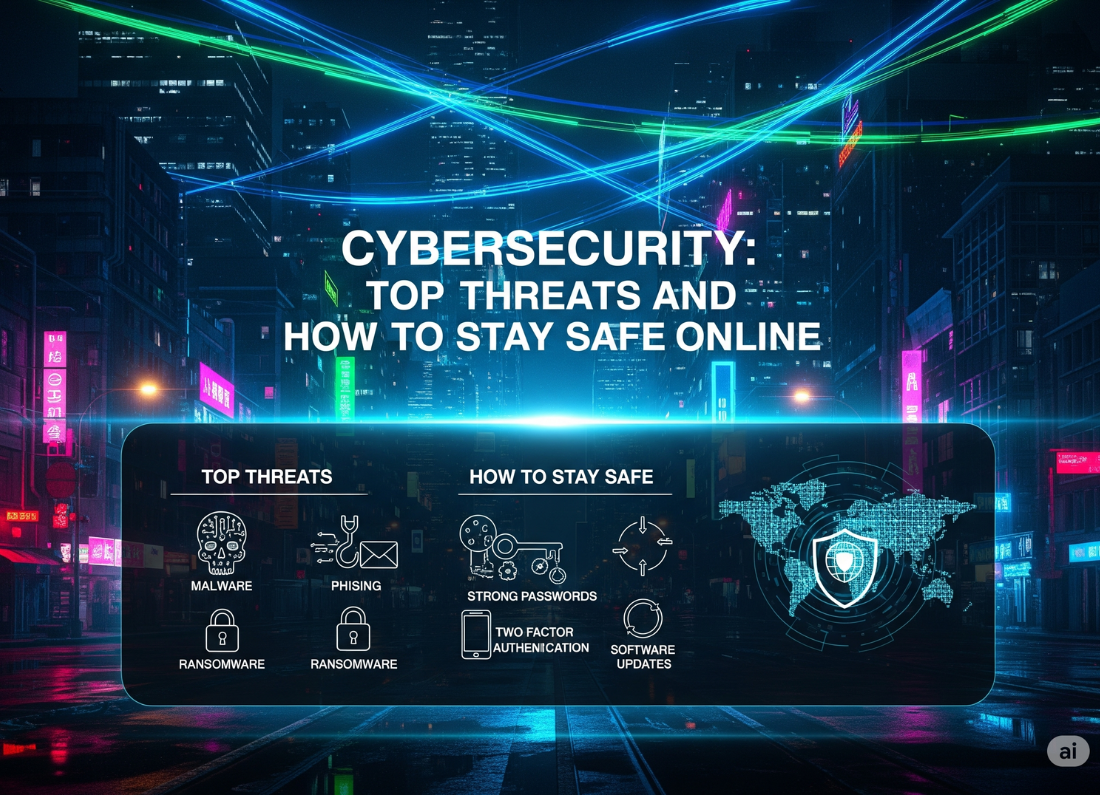
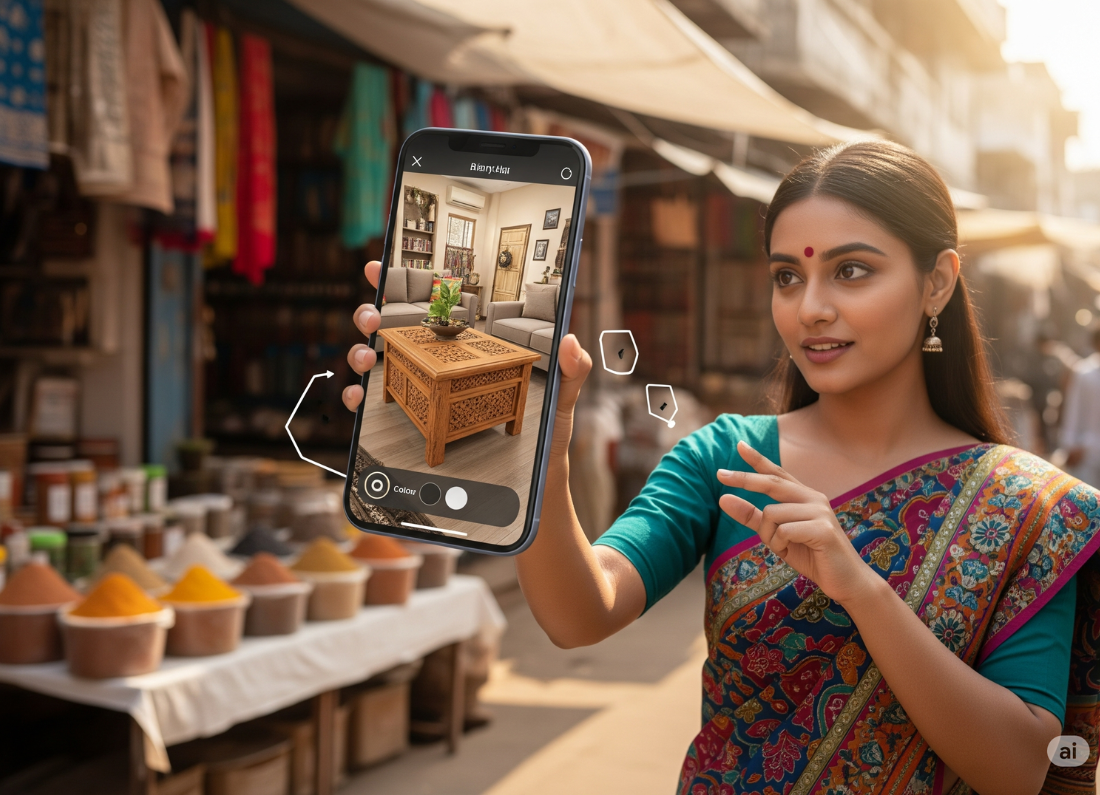
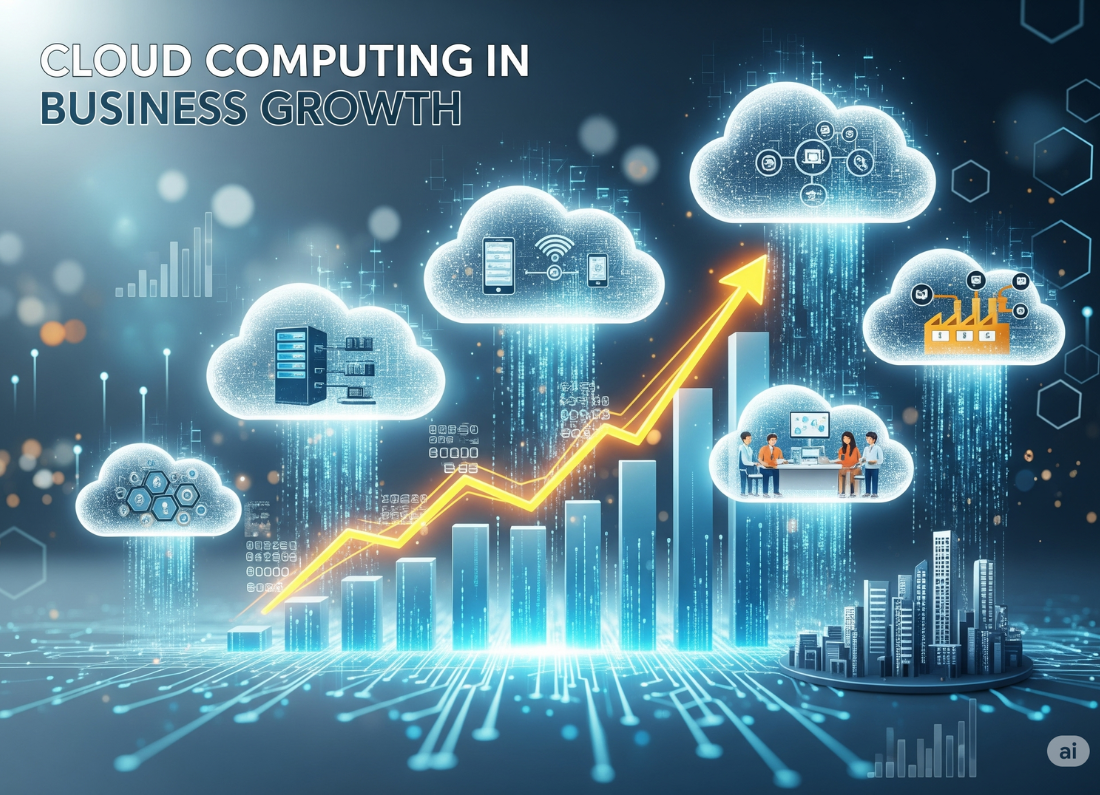
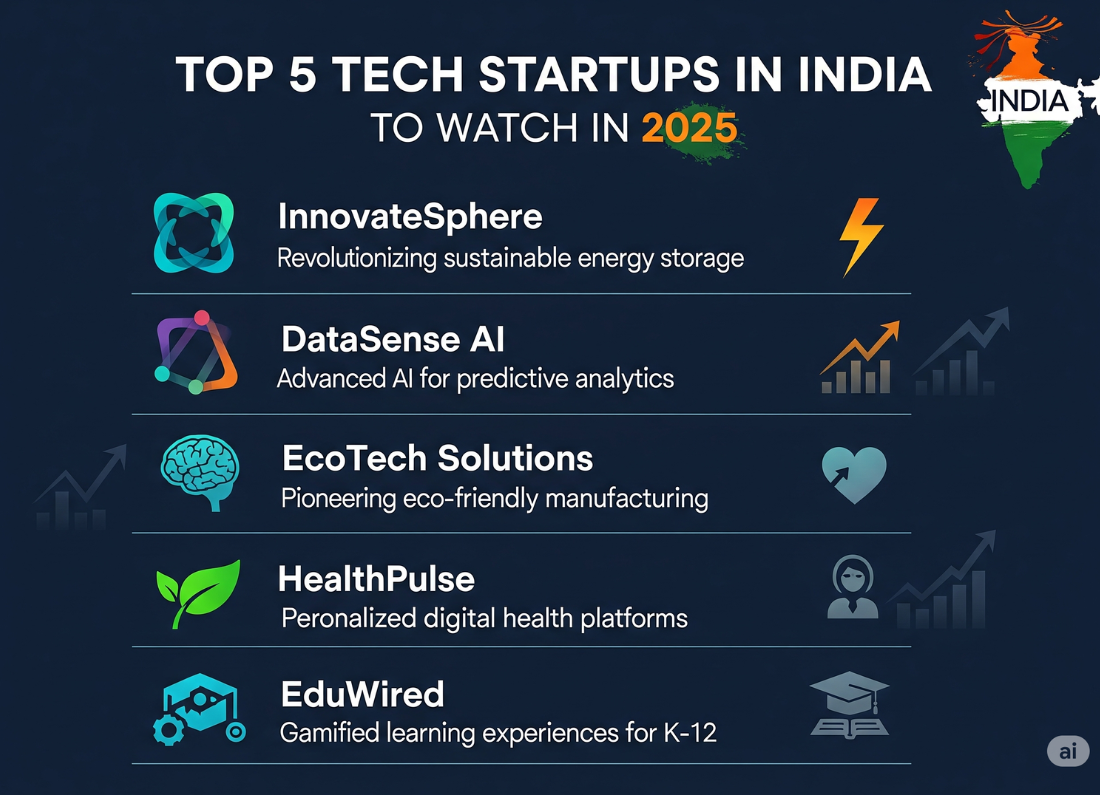
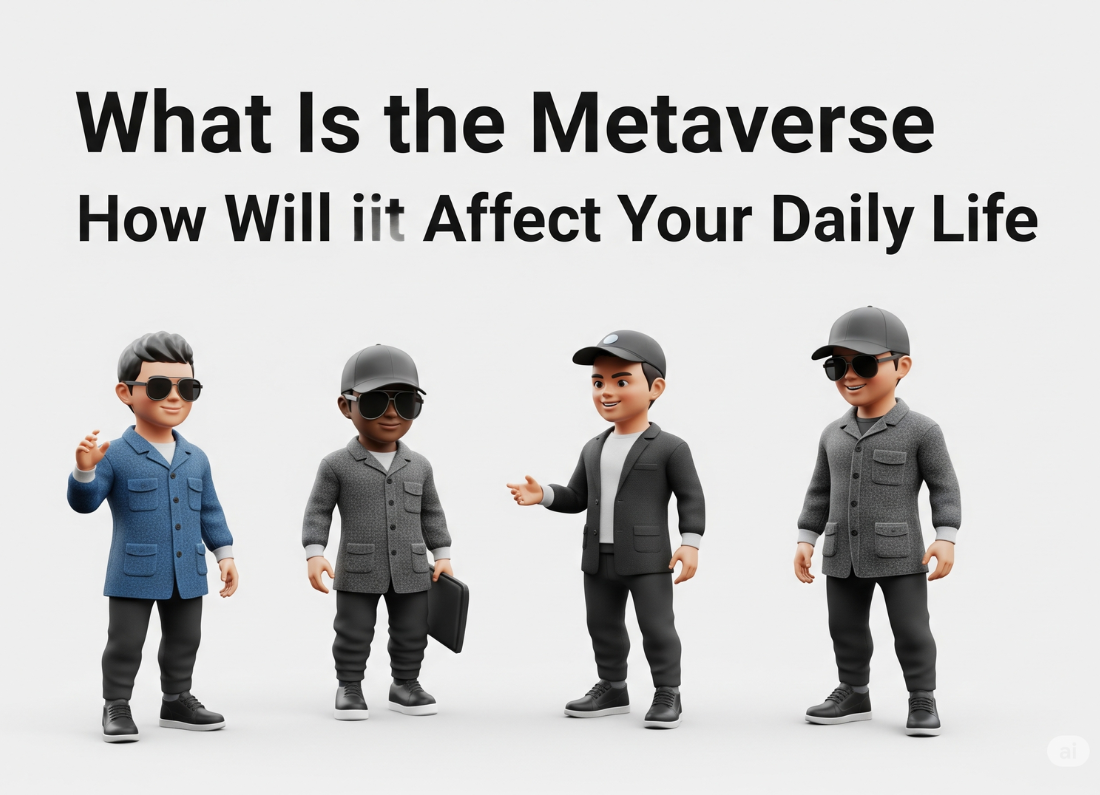
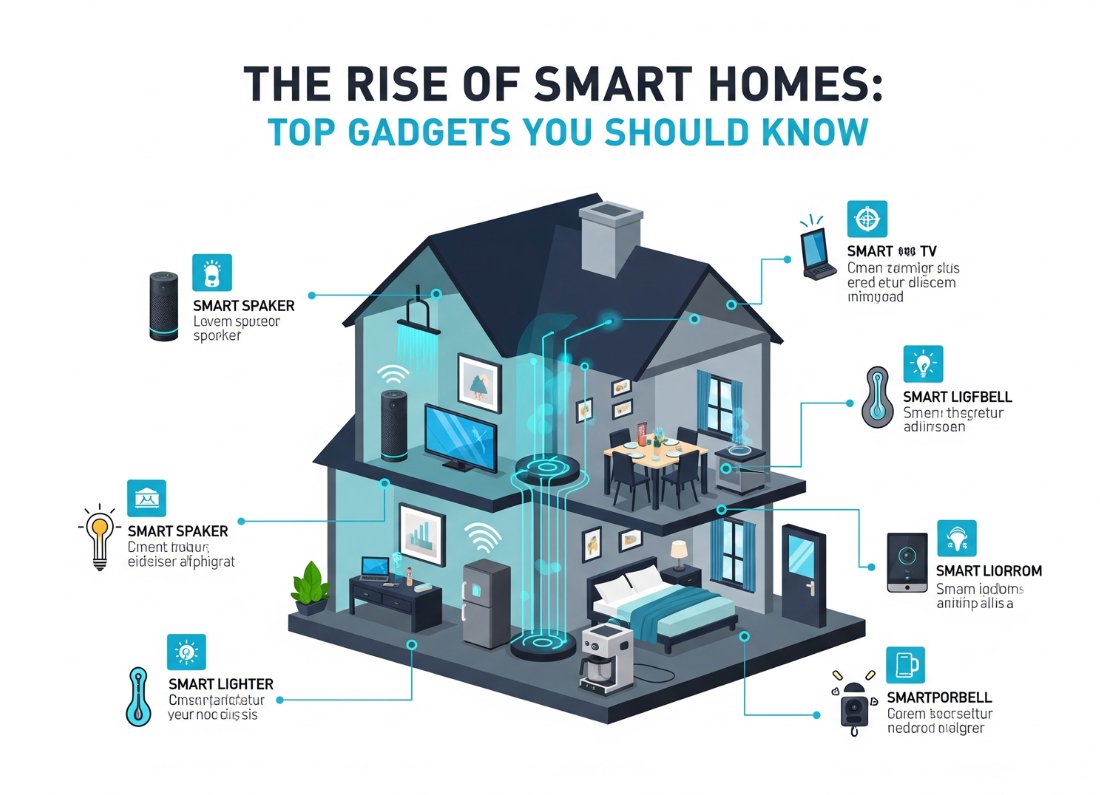
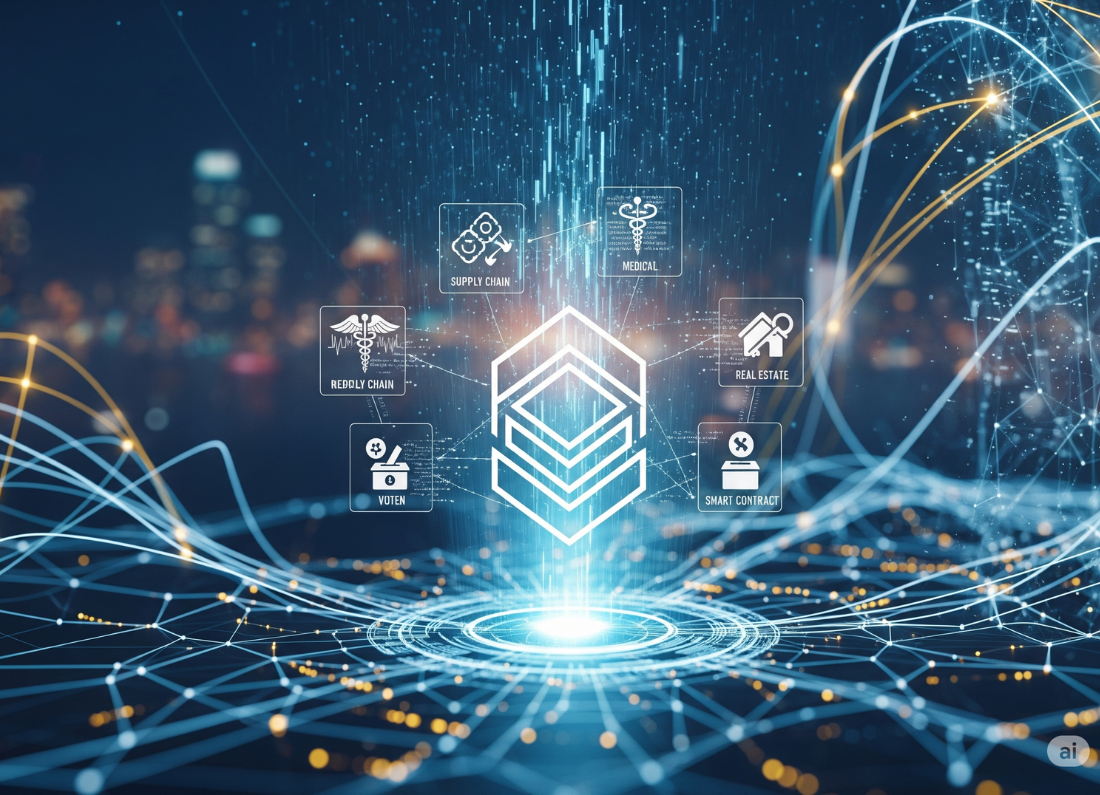
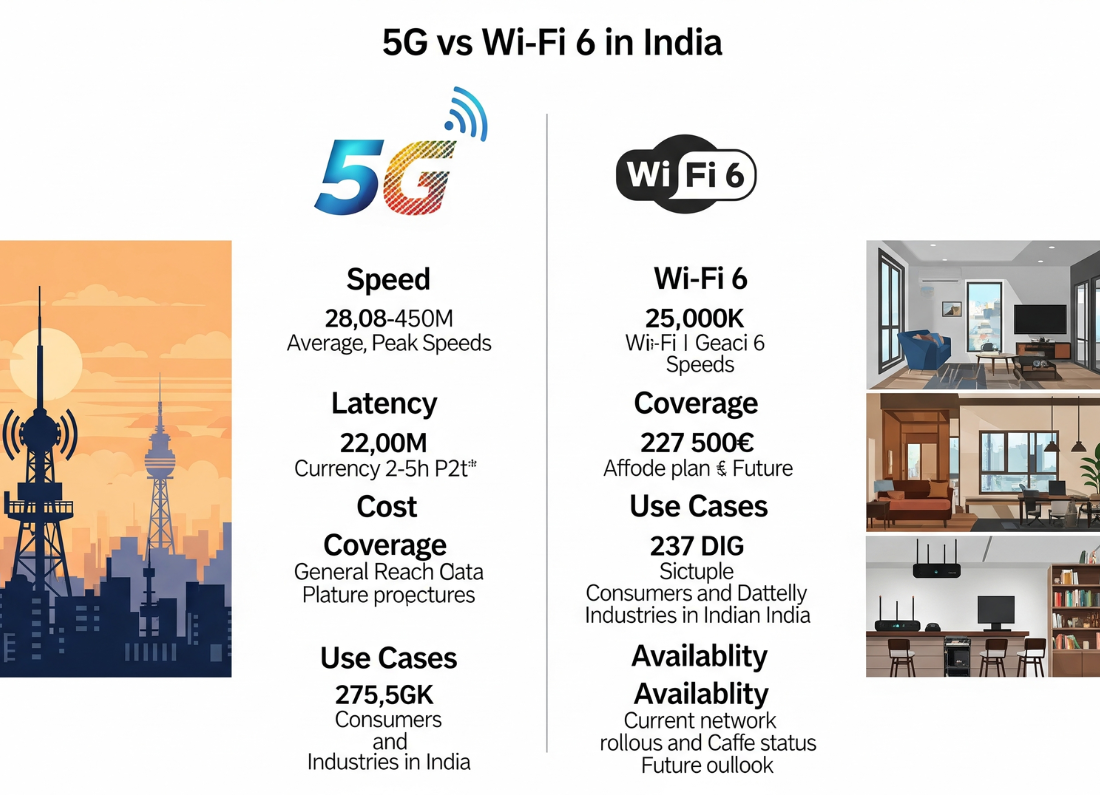






Leave a Reply